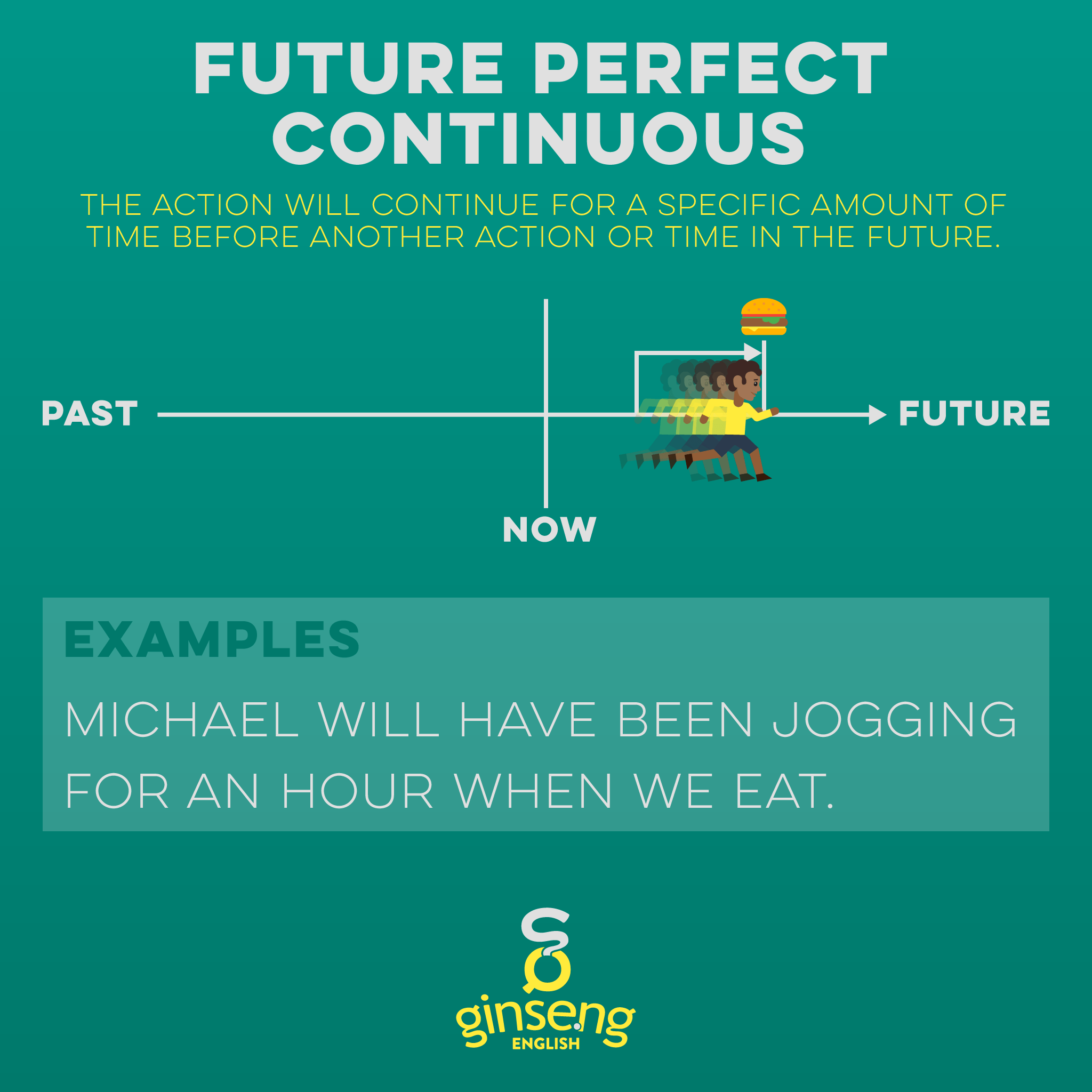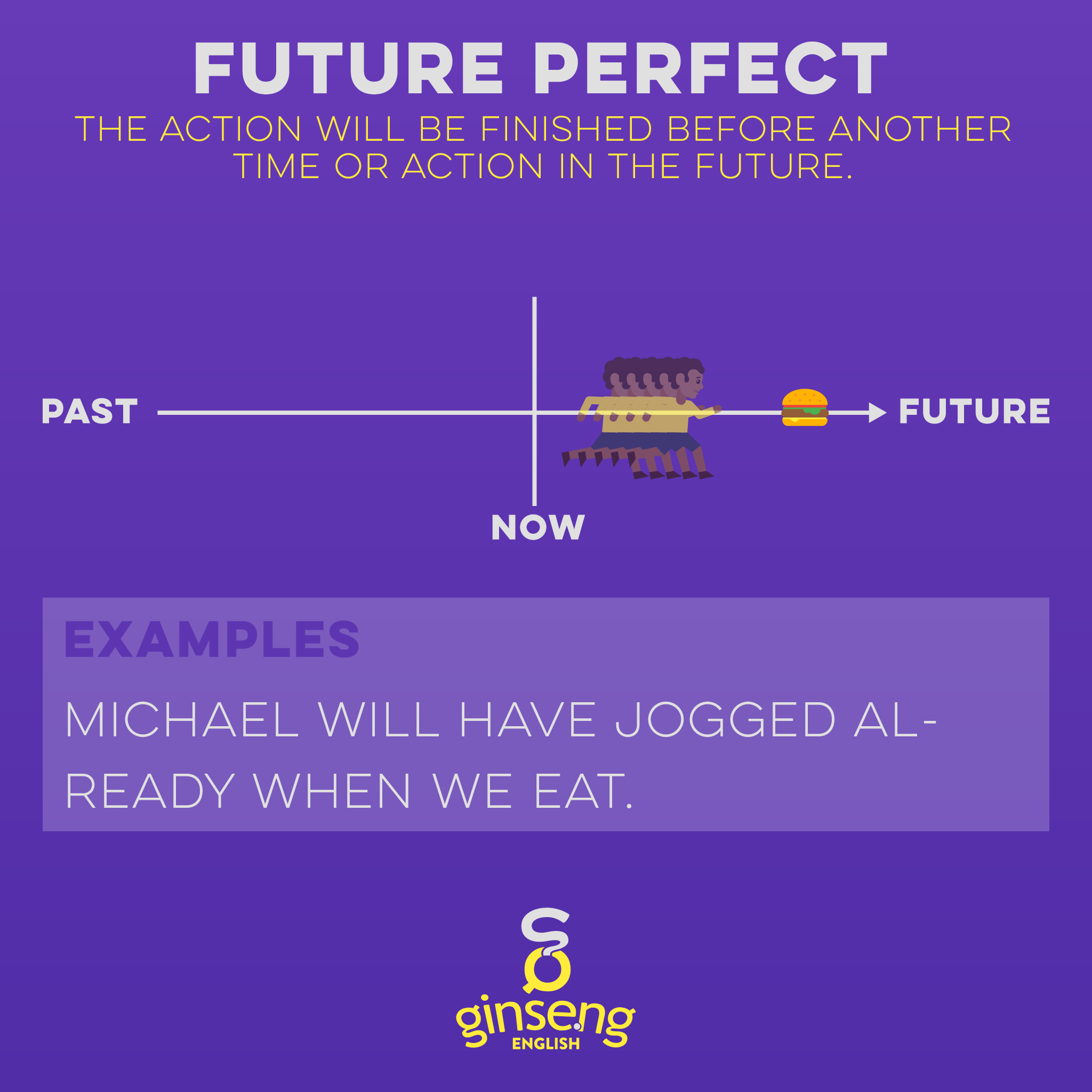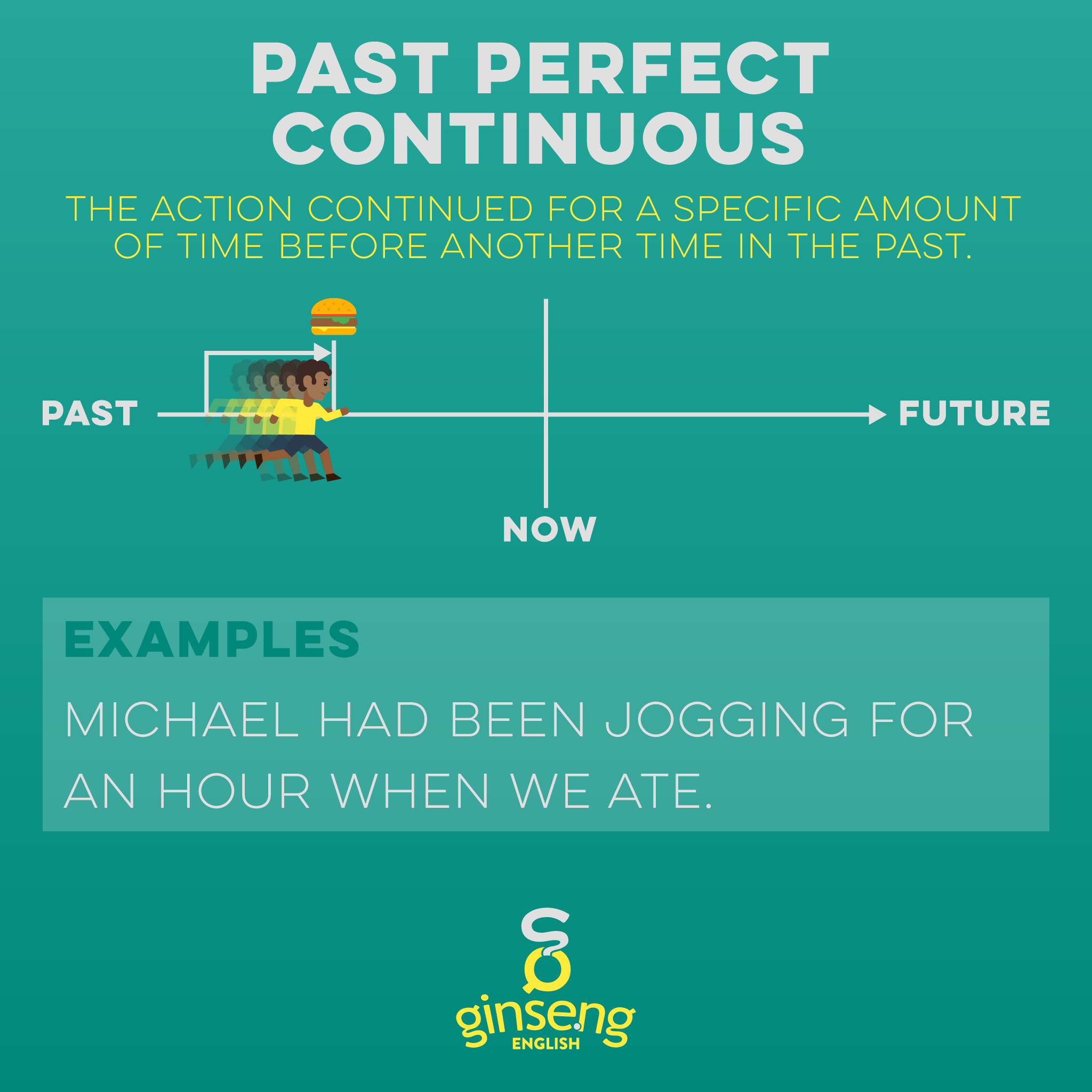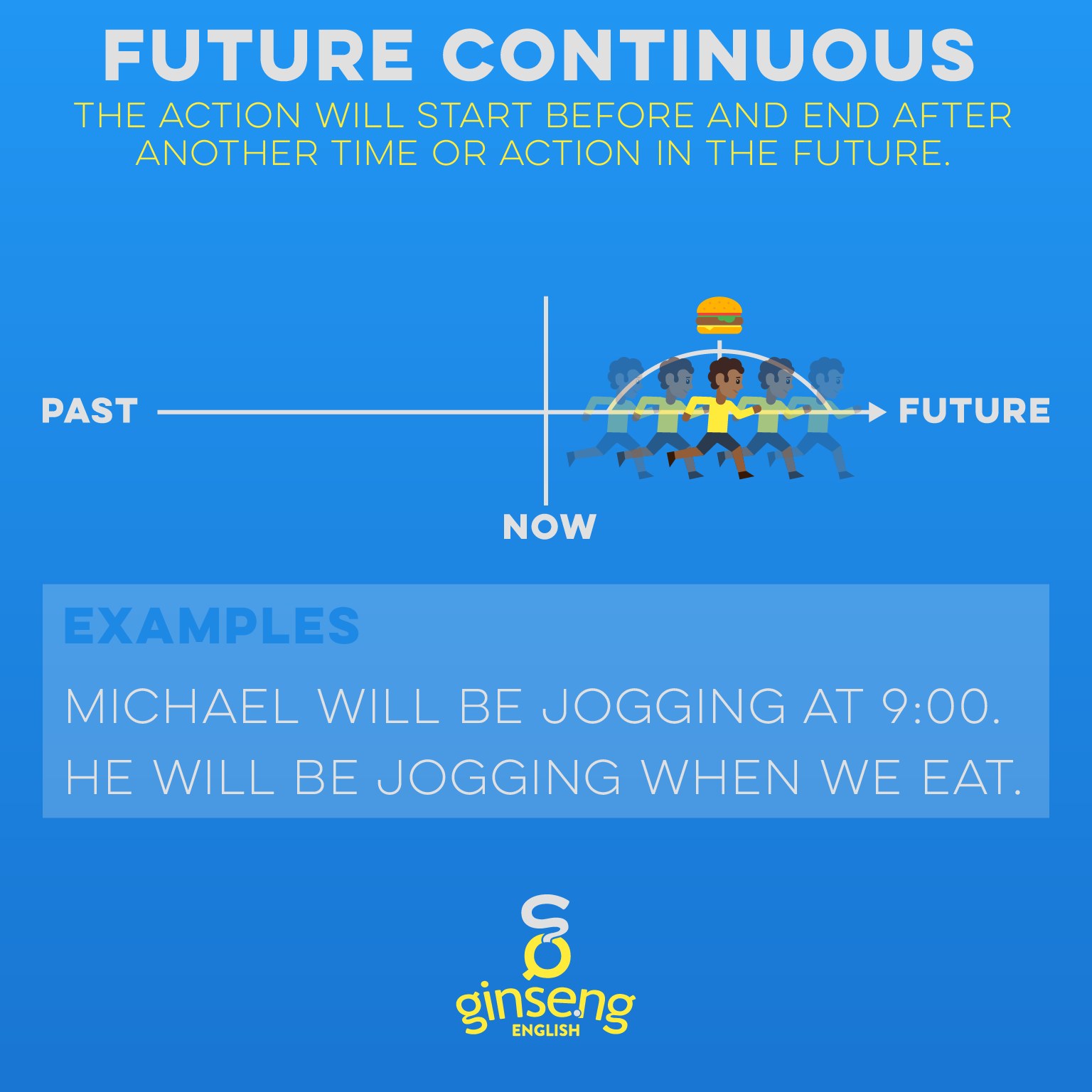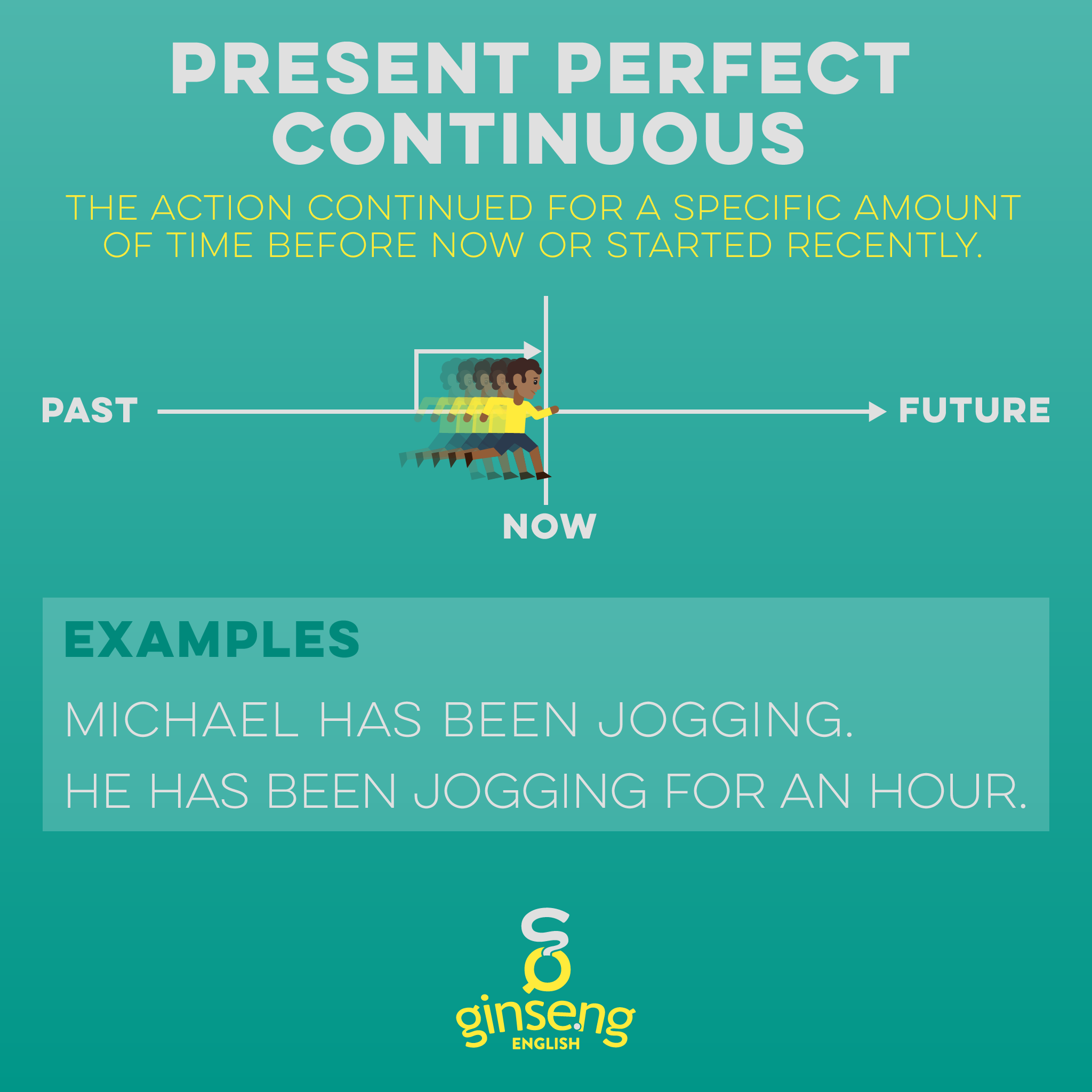The past continuous (also called the past progressive) is an English verb form used to describe actions that were in progress at a particular moment in the past.
About 1.5% of verbs we use when speaking English are in the past continuous tense. If you are looking for more common verb tenses, start with the simple present, simple future, or present continuous.
Keep reading to learn the rules and reasons for using and forming the past continuous, including loads of charts and examples!
Note that past continuous and progressive are just different names for the same form. In some countries, progressive is more common, but continuous is more common overall.
USING THE Past CONTINUOUS TENSE IN ENGLISH
Continuous verbs show that an action is in progress at a specific time. With the past progressive, that specific time is in the past. This can be a time or date in the past (last night, yesterday at 5, on September 1st) or it can be another action in the past (called, got home).
Chart for Past Continuous Tense In English
Take a look at some example sentences:
I was eating dinner when the phone rang.
At 10:00 last night, we were watching TV.
This time last year we were driving to California.
In these examples, the progressive action (was eating, were watching) started before the other specific action (phone rang) or time (at 10:00), and continued after that action or time.
We can also use the past progressive to show that a past action continued or repeated over a period of time in the past
In college I was always sleeping too late.
All last week I was working.
In the first sentence, always with the past continuous shows a repeated action in the past. In the second sentence, the past continuous emphasizes that the action spanned the entire time period (last week). In both of these situations, the simple past is also acceptable.
More EXAMPLES OF THE past CONTINUOUS
Here are a bunch of examples of the past continuous to help you get a better idea of how we use this verb form:
In December I was preparing for the TOEFL.
Something was happening outside.
Everything was changing then.
The next day people were talking about the election.
Forming the past Continuous
Formula
To form the past continuous, we use the past form of the helping verb be and the continuous form of the verb, with -ing.
subject + was/were + VERBing
Conjugation
The table below shows the full conjugation for the verb work in the past continuous form:
| Singular | Plural | |||
|---|---|---|---|---|
| 1st person | I | was working. | we | were working. |
| 2nd person | you | were working. | you | were working. |
| 3rd person | he | was working. | they | were working. |
| she | was working. | |||
| it | was working. | |||
Note that when adding -ing to C-V-C words, you must double the last consonant and when adding -ing to silent E words, you must drop the silent E.
Other Forms of the past Continuous
Questions
In the past continuous, you have a helping verb, either was or were. To make a question, move the helping verb to before the subject.
Were you wearing a tie?
Was she having a party?
What were they doing?
Who was she yelling at?
Negative Sentences
To form a negative in the past continuous, put not between the helping verb and the main verb.
I was not wearing a tie.
We were not having a party.
The Passive Voice
To make a passive sentence, put be in the past continuous (was being, were being) and then use the perfect form of the main verb.
A party was being planned.
The trash was being collected.
The winners were being selected.
Signal Words
When
The most common signal word with the past continuous is when. We use when to connect a second clause with the other action in the simple past to show that the simple past action interrupts the past continuous action.
I was eating dinner when he called.
He called when I was eating dinner.
Notice that when is flexible. It can be used at the beginning of the simple past clause or the past continuous clause. We can also start the sentence with a when clause if we put a comma in the middle:
When he called, I was eating dinner.
When I was eating dinner, he called
While
We can also use while with the past continuous. The meaning is basically the same, but the way we can use it is more limited. While can only come at the start of the past continuous clause, not the simple past clause.
He called while I was eating dinner.
I was eating dinner while he called.
While I was eating dinner, he called.
While he called, I was eating dinner.
CHECK OUT THESE OTHER FREE GRAMMAR RESOURCES:
Related Content
Present Perfect Tense in English


